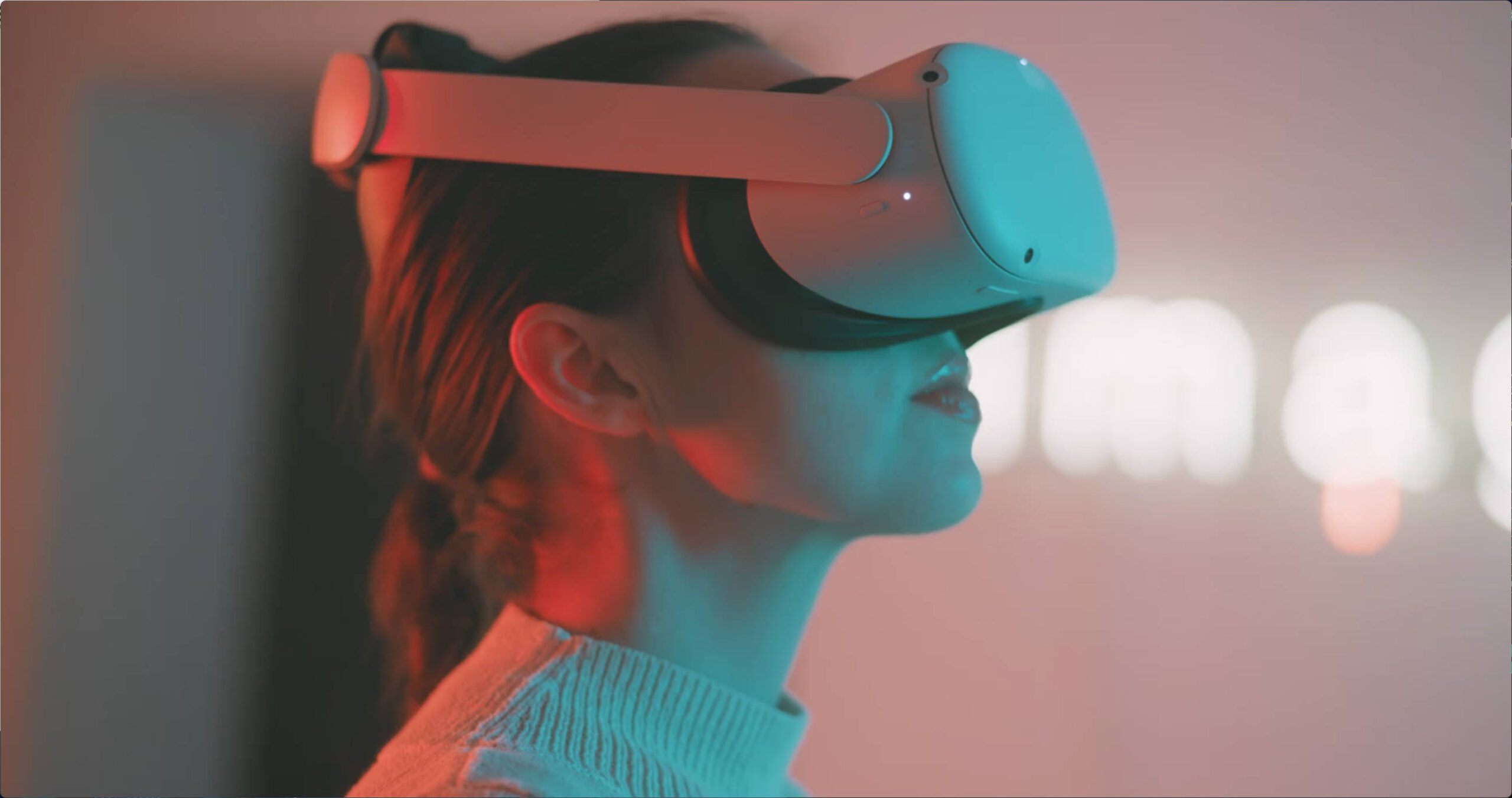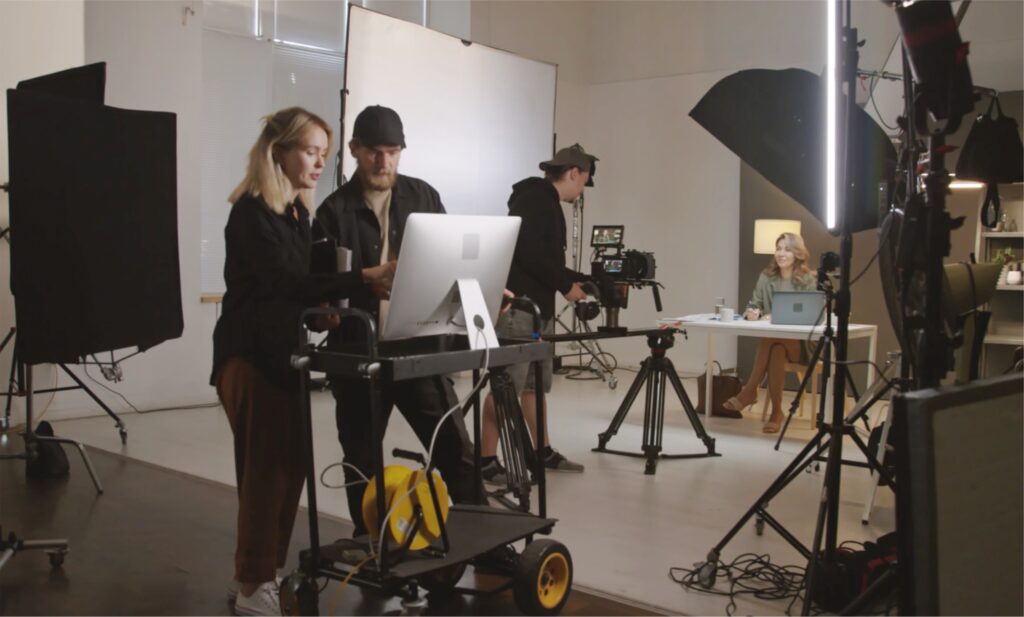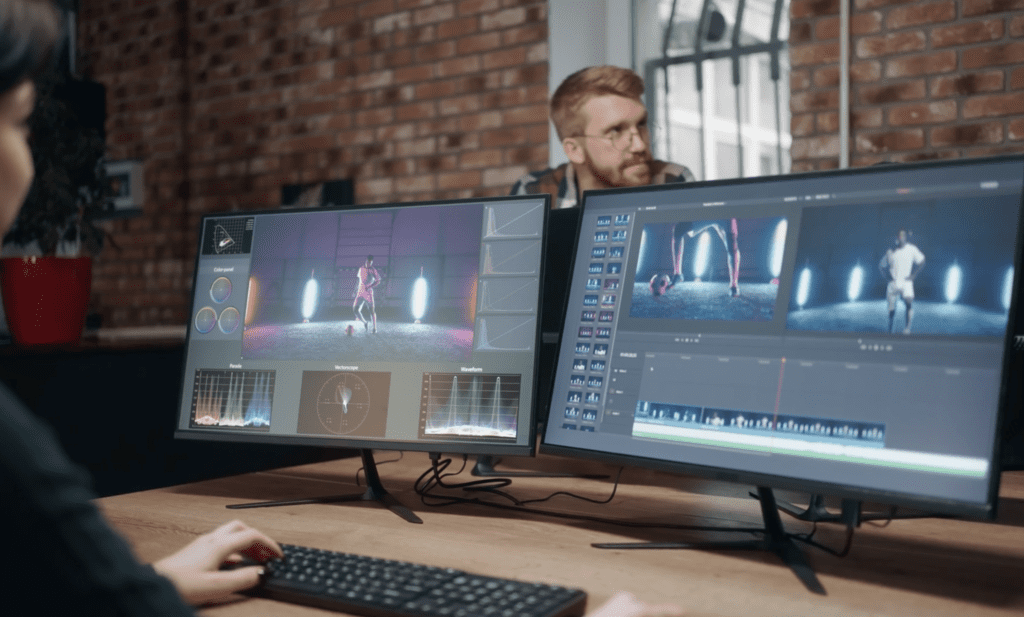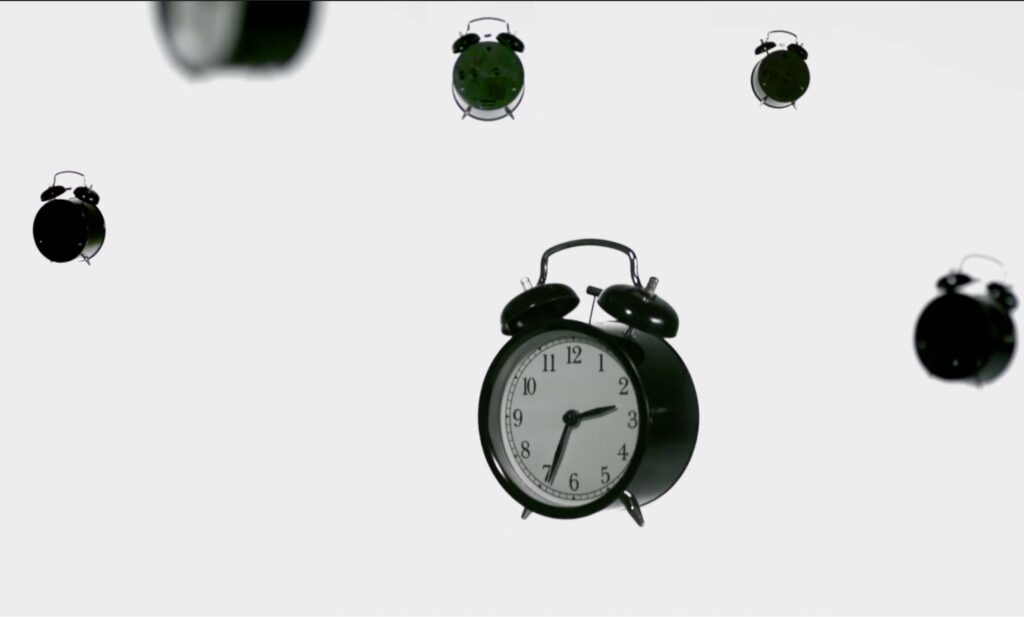Introduction
Virtual Reality (VR) and Augmented Reality (AR) are two of the most ground-breaking technological developments to emerge from the digital age. These immersive technologies have opened up a world of possibilities, allowing creators to craft captivating experiences that blur the line between the real and the virtual. In this article, we will delve into the fascinating realm of exploring VR and AR in video production. From understanding the basics to uncovering their applications in various industries, we will explore how VR and AR are transforming the way we perceive and engage with visual storytelling.
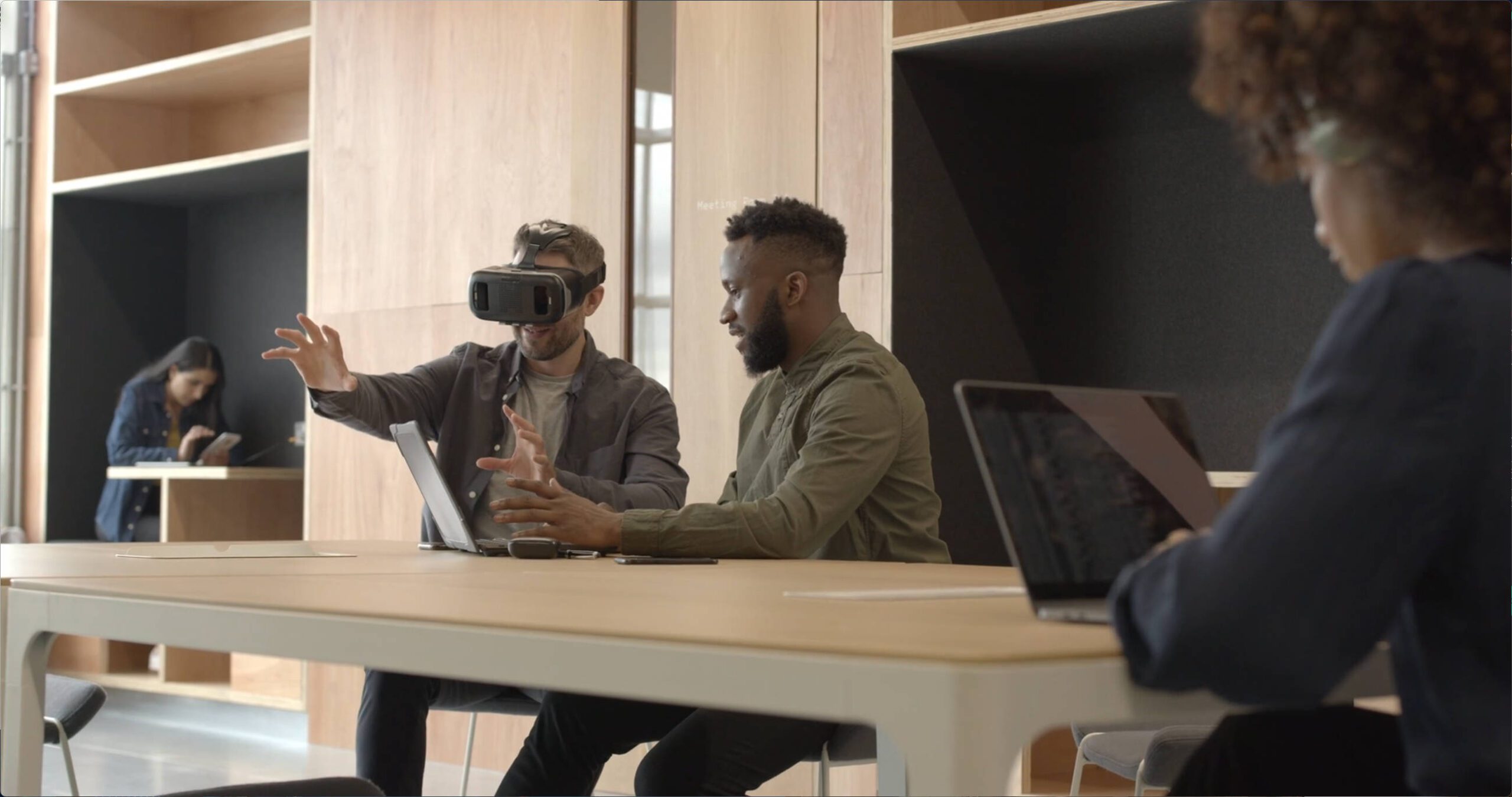 Understanding Virtual and Augmented Reality
Understanding Virtual and Augmented Reality
Before we delve into the applications of VR and AR in video production, it’s essential to grasp the fundamental concepts of these technologies. In short, Virtual Reality (VR) immerses users in a fully digital environment, while Augmented Reality (AR) overlays digital elements onto the real world.
VR is a computer-generated simulation that immerses users in a lifelike three-dimensional environment. Through the use of specialised VR headsets, users can interact with this digital realm, feeling as though they are physically present within it. VR is designed to create a sense of presence and engagement, allowing users to explore virtual worlds, participate in simulated scenarios, and experience events as if they were real.
AR, on the other hand, overlays digital elements onto the user’s view of the physical world. AR can be experienced through smartphones, tablets, smart glasses, or AR-specific headsets. This technology enhances the real world by adding contextual information, virtual objects, or interactive elements to the user’s immediate environment.
Applications of VR and AR in Video Production
Filmmaking
Imagine watching a film where you’re not just an observer but a participant. Filmmakers can now create immersive experiences that transport audiences directly into the heart of the narrative. Furthermore, VR and AR offer filmmakers the ability to craft interactive narratives where viewers can influence the outcome.
Interactive Learning and Educational Videos
In the realm of education, VR and AR have emerged as powerful tools for enhancing the learning experience. Educational videos incorporating these technologies enable students to delve into historical events, explore scientific concepts, and travel to distant lands – all from the comfort of their classrooms. The result is a dynamic and memorable learning journey that fosters better retention and understanding.
Marketing Campaigns
Businesses have harnessed the potential of VR and AR to create unique marketing campaigns that resonate with audiences on a deeper level. Immersive advertisements, interactive product demos, and virtual showrooms allow consumers to experience products and services before making a purchase decision. These creative marketing strategies foster brand loyalty and customer engagement.
Training and Simulation
VR and AR have proven to be invaluable tools for training and simulation in various industries. From medical procedures to flight simulations and hazardous environments, these technologies provide safe and cost-effective training experiences. Professionals can refine their skills in controlled virtual environments, reducing the risk of errors and accidents in real-life scenarios.
The Future of VR, AR, and Video Production
From virtual concerts to interactive documentaries, the possibilities are endless. As technology continues to evolve, so will the ways in which we consume and produce video content.
Advancements in Hardware
Technological advancements have led to the development of more sophisticated VR and AR hardware. Manufacturers are continually pushing the boundaries, aiming for lighter, more comfortable, and higher-resolution headsets. These improvements will make VR and AR experiences even more accessible and enjoyable for a broader audience.
Real-Time Collaboration and Shared Experiences
As network capabilities continue to evolve, real-time collaboration in VR and AR environments will become the norm. Teams from different locations can work together, sharing ideas and content seamlessly. Additionally, social VR and AR experiences will enable friends and family to connect and enjoy shared activities, transcending geographical boundaries.
Expansion into Industries and Sectors
The applications of VR and AR will continue to expand into diverse industries and sectors. From healthcare and retail to tourism and entertainment, these technologies will find new ways to enrich experiences, improve efficiency, and drive innovation across various domains.
Conclusion
As we conclude this exploration of Virtual Reality (VR) and Augmented Reality (AR) in Video Production, it becomes evident that these transformative technologies have revolutionised the way we create, experience, and interact with visual content. From captivating storytelling and immersive learning to innovative marketing campaigns and practical training, VR and AR have opened doors to endless possibilities.
FAQs
1. How do VR and AR differ from Mixed Reality (MR)?
While AR overlays digital elements onto the real world and VR immerses users in a digital environment, MR combines elements of both, allowing for real and digital objects to interact.
2. Is special training required to produce VR or AR videos?
Yes, producing VR and AR content requires specialised knowledge, but with various online courses available, it’s easier than ever to get started.
3. Are VR and AR Expensive to Implement?
While early VR and AR technologies were costly, advancements have led to more affordable and accessible options.
4. Can I watch VR and AR content without special equipment?
While some content can be viewed on standard devices, for a fully immersive experience, specialised equipment like VR headsets is recommended.
5. Are there any health concerns associated with VR and AR?
Prolonged use can lead to eye strain or motion sickness in some individuals. It’s always recommended to take regular breaks.


